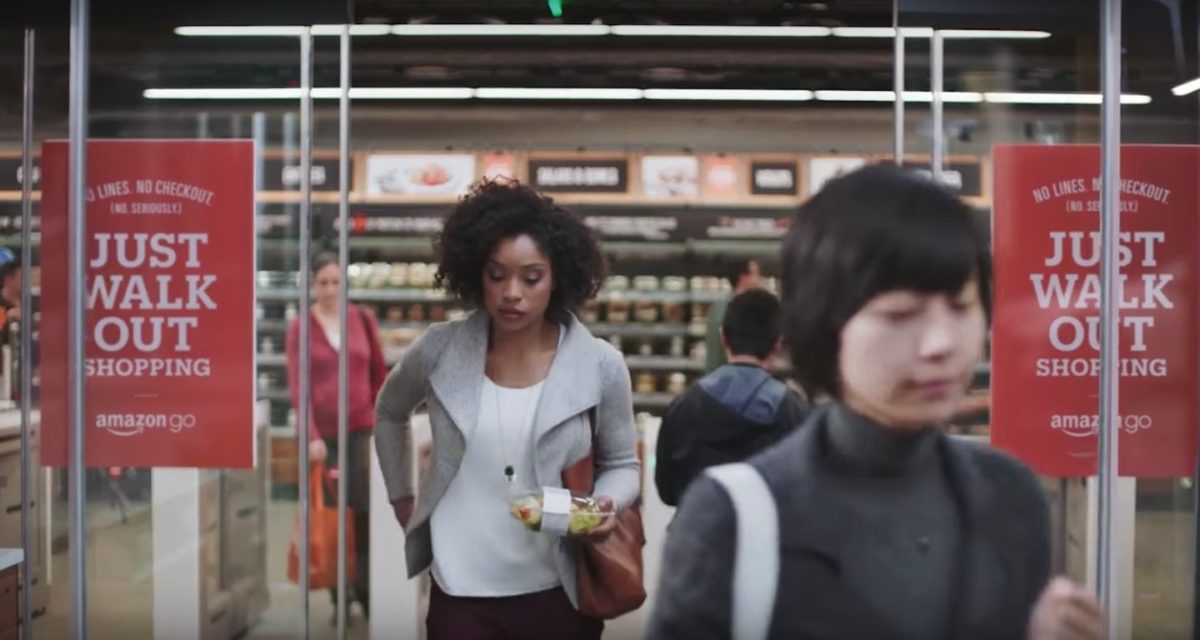
The basic use of warehousing is a simple concept: storing and retrieving goods and material to feed the supply chain. However as online retailers, same-day delivery and customized demands are on the rise, warehousing becomes more and more complicated. Hit hard by the global financial crisis, the industry of warehousing responded with major cuts in held inventory and a slowdown in capacity expansion. Now that warehouse operations are rising again, they are facing increasingly complex requirements. Facilities now entail a more accurate product tracking involving high-speed mobile communications. As a result, just like in many industries, automation is becoming the self-evident solution.
One of the major trends predicted by specialists for the next decade is so-called dark warehousing. The concept of dark warehousing is that, as warehouses become more and more automated, no human will be needed inside the warehouse anymore – and therefore no lights either. There would be a few employees left to organize and watch over the system, however the whole scanning and picking-up part would be done by machines in a dark environment. This system would save substantial amounts in energy and personnel costs. The image of a totally automated warehouse operated by robots and drones is not a fantasy, as it is already happening. Nonetheless, this doesn’t necessarily means that the light will be turned off in side warehouses. Ocado, an online supermarket based in the UK, utilizes one of the first completely automated warehouse system, but still uses lights. (see picture)
Indeed the term ‘’dark warehousing’’ has been recently reevaluated since a warehouse completely without light is not realistic for now. Firstly, as some humans would be left in the building, safety reasons would still require the presence of some light. Moreover, the current way of identifying and tracking objects is done through barcode scanning. As this system requires light, either the machines themselves should carry lights, or a dim light should still be present in the warehouse. As a result, I believe that the industry will indeed know a big automation transformation in the coming years, with systems such as Ocado’s. The idea of a totally black warehouse is however not as close as we might think.

